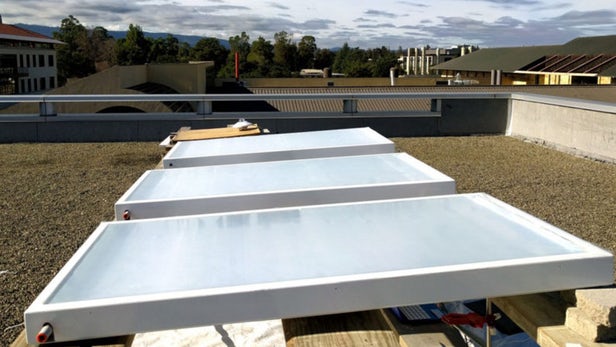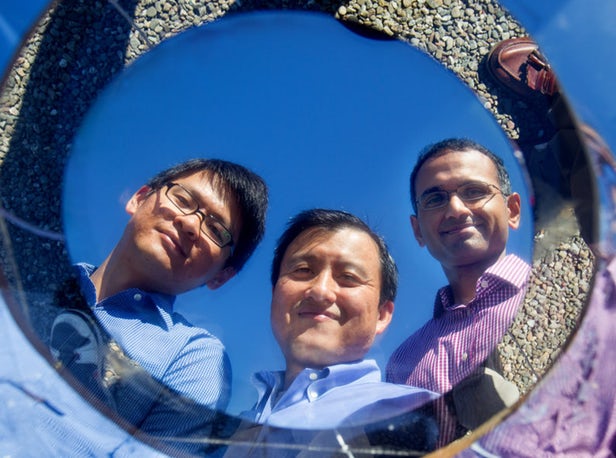Heat is always transmitted from a high temperature object to a low temperature object. All the objects around us emit heat radiation, some of them are reflected and absorbed by the atmosphere, and other parts of the radiation in a specific wavelength range escape to colder outer space. Over the past few years, Stanford University’s research team has been developing a roofing system based on “radiative cooling†that can be used to cool buildings. The latest technical tests have managed to use a solar panel-like device to cool water. Without using electricity. R&D personnel call it Radiant Sky Cooling System. The researchers first proposed this concept in 2013 as an ultimate hope of cooling homes and buildings without electricity. The system will scatter the infrared light inside the building and emit it into the sky at a certain wavelength so that it can easily pass through the earth's atmosphere and enter the space directly. To offset the heat from the sun, the researchers added a multilayer optical film to the device that reflected 97% of the sun's rays, leaving the system still working in hot sunlight. These preliminary proof-of-concept tests were performed using approximately (20 cm) wide material wafers. Afterwards, the team used the material as a solar panel coating to keep cool and improve efficiency. Now Stanford scientists have upgraded the system and showed that it may be a practical way to cool tap water. In a recent test, the team placed four panels on the roof with an area of ​​0.2 square meters. After three days, the panels were able to continue cooling the water, reducing the temperature by 3° to 5°C. Using data collected from these tests, the researchers simulated how these panels cool a two-story office building in the hot, arid climate of Las Vegas. In these tests, the building was cooled by a vapor compression system and the condenser of the system was cooled by a new panel. They found that throughout the summer, these panels reduced the cooling cost of the building by more than 20%, saving about 14.3 MWh of electricity. In daily life, the cooling cost saved is between 18% and 50%. The co-author of the study, Aaswath Raman, said: "This study builds on our previous radiation-sky cooling system but takes it to a new level. It provides a technical demonstration for the first time showing how to use radiation-based sky cooling. Passively cool the fluid and connect it to the cooling system during this process to save power." To continue developing these devices, researchers created a company called SkyCool Systems, which is currently integrating panels into air-conditioning and refrigeration systems. The research results were published in the journal Nature and Energy. Engineered Hardwood Flooring Wide Plank,Parquet Flooring,Red Oak Flooring,Oak Brushed Solid Wood Flooring Shaoxing Haohua Timber Industry Co., Ltd. , https://www.woodtopiafloor.com
